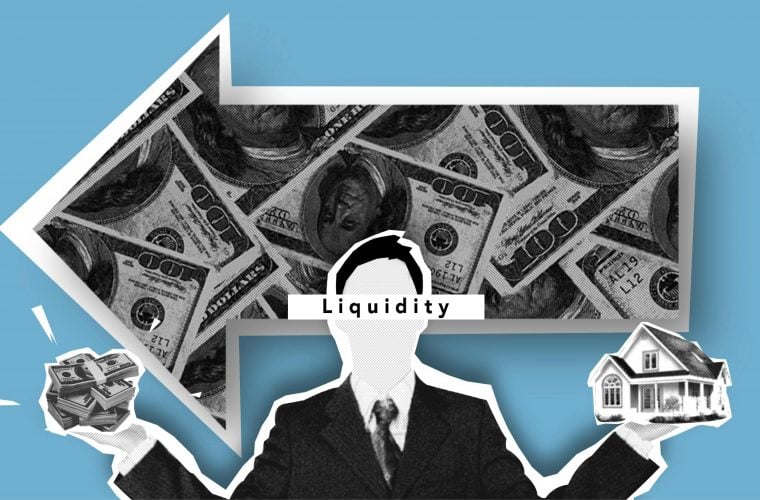
Do Today’s Buyers Have the Best Tools to Do Their Jobs?
Retail is a high stakes industry with winners and losers being chosen among shelves – both real and virtual – every day. Retail buyers are on the front line making bets on products every day, using, for the most part, the same tools that they’ve had for the last few decades.
Technology has changed how we all make choices, but how come not buyers? Consumers are deep in thought and research before they buy these days. Purchasing decisions aren’t typically made on a whim anymore – on average, consumers consult someone they trust, visit two stores, and visit three websites before making a decision to buy a single product. If a consumer is doing that kind of due diligence, what can a buyer do to arm themselves with more information before they invest in inventory and add a product to their assortment?
Retailers are constantly searching and curating new products. Retail buyers are the true connoisseurs: they know how to spot great products and have a good sense of what their consumers love. As a store owner, there’s an inherent value in having people with this talent on your team. Unfortunately, for buyers looking to find amazing products, finding great products is a challenge because of the search itself.
Search engines are an incredibly powerful tool. In this age of technology and constant change, they power almost everything we do. Google now processes over 40,000 search queries every second on average (3.5 billion searches per day). However, the issue with search engines is that, while the tool itself has enormous potential, it can be frustrating when functioning as a broad gathering tool, often resulting in an inaccurate harvest.
The number of packaged goods more than doubled over the last 10-15 years. That’s the equivalent of “drinking water out of a fire hose,” so to speak. Craft brands are proliferating at breakneck speed and retailers are realizing that they can leverage these unique brands to differentiate themselves from their competitors. Before now, a tool hasn’t existed to help cull the ever-growing list of brands and products into a qualified queue that a buyer can then use to find the right assortment for their stores.
Without the ability to build a queue, buyers can’t use the talents that they have to help a retailer stand out. Instead of curating and spotting key products, the current buyer spends all their time sorting emails and fending off approaches from brands that may or may not be suitable for a buyer’s assortment.
So what tools do exist?
Social Media. You can search for products on Pinterest or Instagram. It’s a great way to track what’s popular and what is being talked about. Having said that, sourcing the proper product name and manufacturer for the products that catch your eye is a whole process in and of itself. Once you’ve found the manufacturer, you have to reach out and hope your message makes it to their inbox so that you can start talking about doing business.
Create major events or go to more trade shows. Walmart has an open to call once a year. The world’s largest retailer opens its doors to find unique brands and products to stock for the following year. While Walmart can do such a thing and be able to draw out brands, most retailers can’t do the same and once a year isn’t realistic. If you’ve got the time, there are a lot of trade shows for you to go to try and find the next big item. Lots of buyers find success at shows, but it’s a lot of investment for the possibility of lightning in a bottle.
Send out a Hubba Flare. A buyer creates a “call for brands” based on a set criteria. For buyers, this is a consistent way to put out what they’re looking for, the criteria needed for a brand to qualify, and any other factors that a brand needs to consider before submitting their product(s) and queuing up for consideration. This narrows the field of brands and allows the buyer to get back to using their gifts to find the best product for their assortment.
The world has changed, and buyers need the tools to change too. Spotting great products and creating experiential assortments requires that retailers give their buyers the right tools to be able to get back to the art of buying and curation.
Contributed by Phil Chang. Hubba’s resident Retail Expert. Phil’s been around the block when it comes to all things retail with experience at companies like Johnson & Johnson, Unilever, Pfizer and Target. He’s done everything from being a sales guy to a buyer to global franchise. From price points and margins, to the best products in any industry – he’s the guy you go to when you’re looking for answers on retail industry trends and analytics, what the industry is thinking about today, tomorrow and a year from now. If you have any questions about how to grow your business, you can find him on Twitter @RetailPhil.














